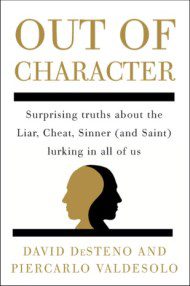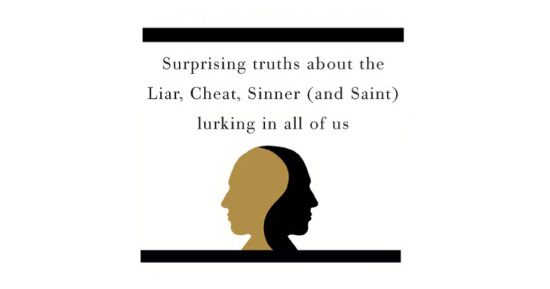 The dichotomy of good and evil is as old as the story of the world, and timeless in its relevance to just about everything we do in life, from our political and spiritual views to our taste in music, art and literature to how we think about our simple dietary choices. But while most of us recognize that these concepts of good and bad aren’t always black-and-white categories, we never cease to be surprised when someone or something we’ve perceived as “good” does or becomes something we perceive as “bad,” from an esteemed politician’s transgression to a beloved celebrity’s slip into addiction or scientology or otherwise socially undesirable behavior.
The dichotomy of good and evil is as old as the story of the world, and timeless in its relevance to just about everything we do in life, from our political and spiritual views to our taste in music, art and literature to how we think about our simple dietary choices. But while most of us recognize that these concepts of good and bad aren’t always black-and-white categories, we never cease to be surprised when someone or something we’ve perceived as “good” does or becomes something we perceive as “bad,” from an esteemed politician’s transgression to a beloved celebrity’s slip into addiction or scientology or otherwise socially undesirable behavior.
In Out of Character: Surprising Truths About the Liar, Cheat, Sinner (and Saint) Lurking in All of Us, researchers David DeSteno and Piercarlo Valdesolo explore this curious disconnect through the rigorous lens of science. Drawing on their research at the Social Emotions Lab at Northeastern University, the authors offer a fascinating yet highly readable perspective on the psychology of the hero/villain spectrum of human character, inviting us to reconceive personality, both our own and that of others, with a more balanced moral view that reflects the fluidity of human psychology.
The derivation of the word ‘character’ comes from an ancient Greek term referring to the indelible marks stamped on coins. Once character was pressed into your mind or soul, people assumed it was fixed. But what modern science repeatedly shows is that this just isn’t the case. As we discuss in our book, everyone’s moral behavior is much more variable than any of us would have initially predicted.” ~ David DeSteno
In this excellent talk from Northeastern’s Insights series, DeSteno reveals some of the fascinating research behind the book and the illuminating insights that came from it.
The analogy of color is an interesting way to think about [character]. Most of us think that colors are very discrete things — something’s red, it’s got redness; something’s blue, it’s got blueness. But we are creating these categories. They’re not natural kinds, they’re not given in ways that represent fundamentally distinct things. Ultimately, what determines what colors we see are the frequencies of light waves entering our eyes, so it’s along a continuum. It’s kind of the same with character. Things blend. We assume that if someone is good, that we’ve characterized them as good, that’s a discrete category, they can’t be bad. And when they are, our categories shatter. That’s because we have this illusory, arbitrary idea of what vice and virtue mean” ~ David DeSteno
Ultimately, Out of Character: Surprising Truths About the Liar, Cheat, Sinner (and Saint) Lurking in All of Us makes a compelling case for seeing human character as a grayscale continuum, not a black-and-white dichotomy of good and bad, enlisting neuroscience and cognitive psychology to reaffirm the age-old Aristotelian view of virtue and vice as fluid, interlaced existential capacities.



